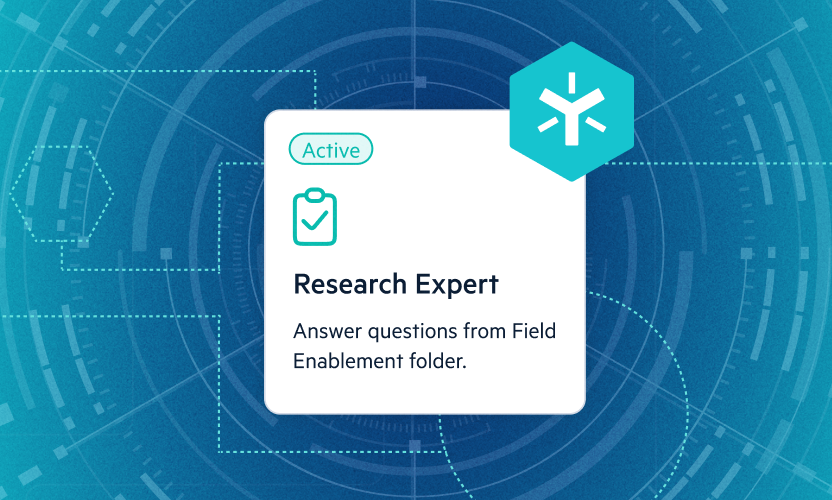
March Product Rollup: AEC Tools, and API and Governance Upgrades
As March rolls to an end, Egnyte is excited to roll out a solution built specifically for AEC companies, improvements to the Workflow API, and a whole host of governance improvements.
Read on to learn more.
Platform
BIM File Preview and Search. Preview BIM files with the ability to zoom, orbit, pan, and measure right from Egnyte in your web browser, without needing to download any additional software. Plus, search for tags within AutoCAD files for a faster way to find the files you need.
Automated Project Closure. Automatically disable links, offboard external users, and trigger retention/archival policies when projects are closed, minimizing the effort needed to reduce risk for completed projects.
Improved Productivity with the AEC Package. Purpose-built for AEC customers, the AEC Package includes multiple advanced features, like the aforementioned BIM file preview with additional capabilities right in your web browser and file search within CAD files.
The package also features ransomware detection and self-serve file recovery, a supercharged Procore integration, and automated project closure, including automatic link disabling and external user offboarding. Click the Egnyte Spark icon in the lower right corner of this page to learn more about the AEC Package.
New Workflow API. Developers can now create and manage workflows programmatically. Automate business processes and build custom applications using Egnyte’s workflows. Use the API to create new workflows, fetch details of workflows created or assigned to users or all workflows in a domain, and cancel workflows. To learn more, check out the Workflow API documentation.
Governance
User Access Deactivation. Platform Enterprise Administrators can now easily rescind or restore a user’s access to their company’s Egnyte domain directly in the Secure & Govern permission browser. These permissions can be changed at the folder level, or at the user and group level.
This capability is helpful for suspected account breaches, suspicious user activity, employee offboarding, or any other scenario where you need to quickly remove user access to your Egnyte domain. Defined Egnyte users that are granted this entitlement will be able to make the change in seconds by selecting “Deactivate a user” or “Activate a user.”
New File Link Restrictions. Platform Enterprise plan Administrators can now create Content Safeguard policies that support the sharing of enforced “preview-only” links for files and support for enforced “encrypted” links for files. These new Content Safeguard restrictions support both the ability to warn users or block users from sending defined content. For more information about this new feature, click here.
Data Owner Access Control. Platform Enterprise and Enterprise Lite Administrators can now restrict the access controls for their defined Data Owners. Controls can be applied to a Data Owner so they can see and manage one or more of the following actions:
- Permissions
- Issues remediation
- Sensitive content remediation
The access controls are applicable to the folders where the user has been assigned the Data Owner. For more information about this new feature, click here.
Custom Data Discovery Policies. Platform Enterprise plan Administrators can now classify files based on their naming convention with file- and folder-level wildcard search parameters (e.g., file name: *.docx, or path name: */legal/*). This custom policy criteria definition is only available in the Platform Enterprise plan. For more information about this feature, click here.
Delegated Explanation for Issue Remediation. Platform Enterprise plan Administrators now can request that defined end users provide an explanation for the best way to remediate a data issue. With this functionality, the impacted end user can help explain the business context of the issue, which the Administrator can then use to determine the best remediation action.
This new feature does allow the assigned end user to remediate a ‘Public Link’ issue. For all other issue types, the end user can only provide an explanation back on the suggested remediation action.





